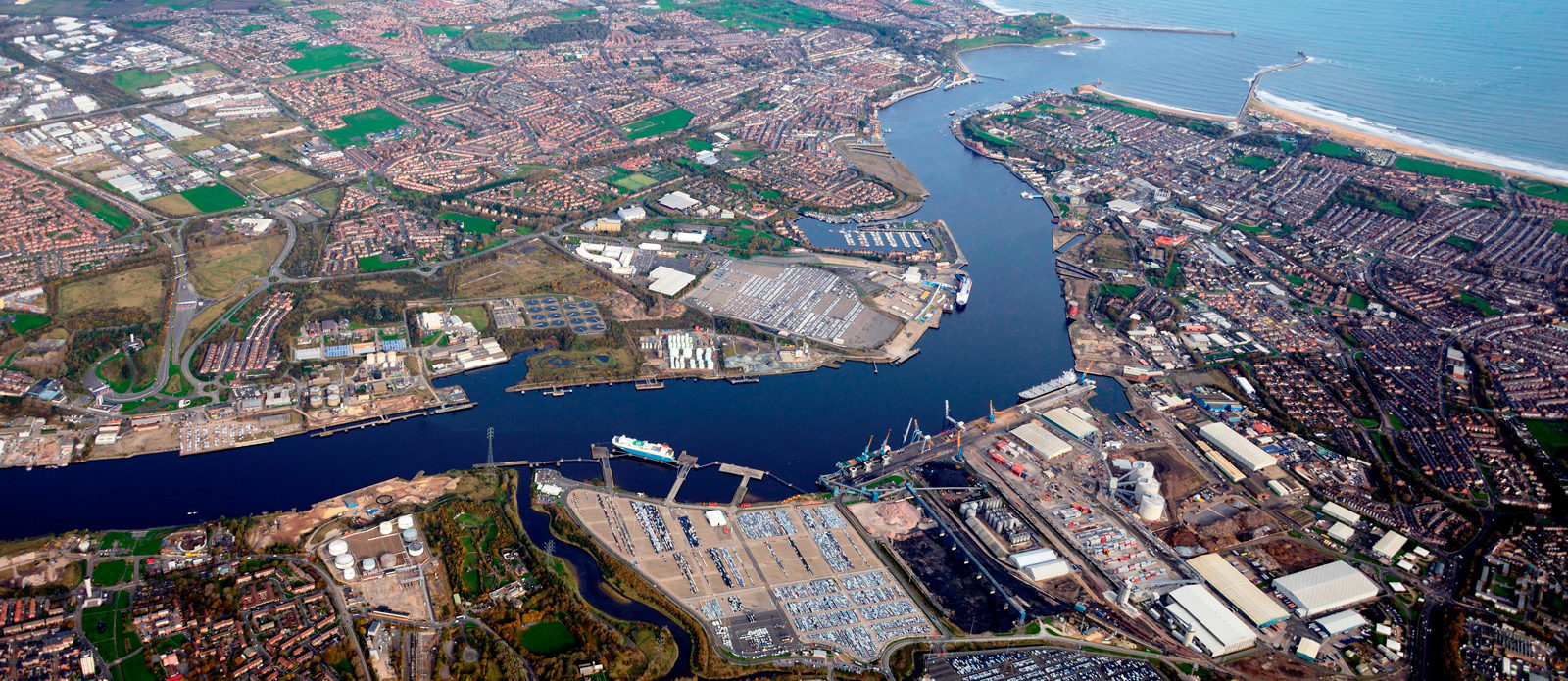By Guy Currey, Director of Invest North East England
In October this year, Dogger Bank Wind Farm in the North Sea – which, when complete, will become the world’s largest offshore wind farm – began producing electricity for the first time. So significant was this milestone that even the UK Prime Minister, Rishi Sunak, welcomed the news, saying Dogger Bank will:
“…not only bolster our energy security, but create jobs, lower electricity bills and keep us on track for Net Zero.”
The timing couldn’t have been better as earlier this month one of the country’s leading offshore wind events, Offshore Wind North East 2023, took place at the Beacon of Light in Sunderland. Showcasing strategic priorities and opportunities across the offshore wind sector, the event attracted hundreds of exhibitors and businesses from here in the region and across the UK; keen to learn more about business activities, opportunities for the supply chain, and how to engage with the sector.
Invest North East England was one of the 130-plus exhibitors at this year’s event, and it was fantastic to see so many people interested in the offshore wind sector in our region. Congratulations to organisers NOF for delivering the event and providing a world-class showcase for our region.
The North East has been involved in offshore wind since 2000 – with the UK’s first offshore turbines being installed at Blyth – and today we’re recognised globally as an industry leader; paving the way in the green energy revolution. Across the two day event I spoke to many businesses about the opportunities that exist around inward investment.
Developing skills in green jobs
One of the key things that came out of this year’s event was the importance of developing skills in the offshore wind sector. As we work towards government’s net zero target of 2050, the need for skills in green jobs – which will be a key driver of employment growth – is becoming ever greater. Because of the North East’s strengths in the offshore wind and energy sector, we’ve already put the infrastructure in place to create a pipeline of talent for the workforce of the future.
At the region’s universities, for example, more than half of all 120,000 students are studying Science, Technology, Engineering and Mathematics (STEM) subjects. And the North East’s colleges are leading the way with innovative courses and pioneering facilities to support the sector, including Newcastle College’s Energy Academy, Northumberland College’s Wind Turbine Technical Training Centre at the Port of Blyth, and South Shields Marine School.
In Blyth, work has begun on phase one of a new Energy Central Campus where young people and adults will be able to develop the skills needed to take up careers in the clean energy sector. The flagship Energy Central Learning Hub, which is due to open in autumn 2024, will provide a range of state-of-the-art industrial training, education and STEM-related skills facilities.
Combine this with the world-renowned private sector training providers that exist in the region and you can see why the North East is fast becoming one of the most sought after destinations for skills and talent in green jobs.
Building infrastructure to grow offshore wind
Another topic that generated a lot of discussion at this year’s conference was floating offshore wind, and the opportunities this emerging area of the sector will bring. If you’re unfamiliar with floating offshore wind, it’s a process by which turbines are constructed onshore and then floated into the sea where they sit on floating, rather than fixed, structures; tethered to the seabed. Whilst the technology is advancing everyday, one of the key issues preventing rapid growth here in the North East is port infrastructure. That’s why Port of Tyne, Smulders UK, and Shepherd Offshore, are collectively bidding for government funding to put the infrastructure in place that will allow more floating offshore wind projects to be delivered in the North East.
Expanding the supply chain
It was clear from talking to delegates that the capabilities of the North East, and the skills and experience that exist in the region, have put us at the forefront of the offshore wind sector in the UK. In the past year alone we’ve seen the Dogger Bank Wind Farm operations and maintenance base open at the Port of Tyne, which when fully operational will employ 400 skilled workers for the next 25 years; we’ve seen the expansion of the offshore wind supply chain with further investment announced at Smulders UK, JDR Cables, and Van Oord; and we’ve seen a huge growth in employment across the sector which is attracting further public and private sector investment.
At the end of the two day event we’d spoken to numerous businesses, including a number of engineering consultancy businesses, interested in opening offices in North East England, which really demonstrates how much confidence there is in our region.
A sustainable green energy source for the future
The pace at which offshore wind is growing, and its ability to deliver a clean, domestic energy source, has led the UK government to increase its ambitions for the sector with a target of 50GW by 2030, including up to 5GW of floating offshore wind. Thanks to our region’s four ports, growing supply chain, and world-leading research and development capabilities, the North East is well placed to help meet those targets, and in doing so create jobs, boost the economy, and deliver a sustainable green energy source for the future.
If you’d like to find out more about the inward investment opportunities in the North East’s offshore wind sector, please visit our Energy Gateway webpage or get in touch.


